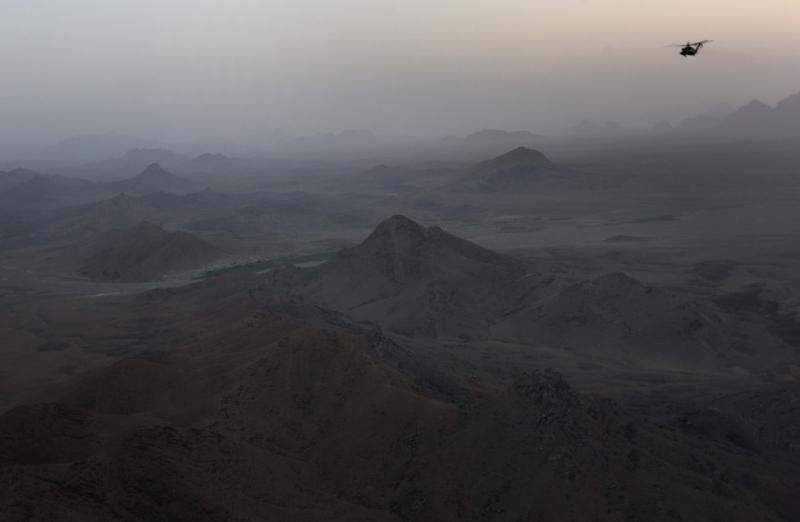|
|
Life In Afghanistan
|
At 249,984 sq mi (647,456 km2), Afghanistan is the world's 41st-largest country (after Burma). The nation shares borders with Pakistan in the southeast, Iran in the west, Turkmenistan, Uzbekistan and Tajikistan in the north, and China in the far east. The country does not face any water shortage because it receives huge amount of snow during winter and once that melts the water runs into rivers, lakes, and streams, but most of its national water flows to neighboring states. The country needs around $2 billion to rehabilitate its irrigation systems so that the water is properly used.
The country's natural resources include gold, silver, copper, zinc, and iron ore in the Southeast; precious and semi-precious stones (such as lapis, emerald, and azure) in the Northeast; and potentially significant petroleum and natural gas reserves in the North. The country also has uranium, coal, chromite, talc, barites, sulfur, lead, and salt. However, these significant mineral and energy resources remain largely untapped due to the wars. In 2010, U.S. Pentagon and American geologists have revealed the discovery of about $1 trillion in untapped mineral deposits across Afghanistan although the Afghan government insists that they are worth at least $3 trillion.
Though the modern state of Afghanistan was established in 1747, the land has an ancient history and various timelines of different civilizations. Excavation of prehistoric sites by Louis Dupree, the University of Pennsylvania, the Smithsonian Institution and others suggest that humans were living in what is now Afghanistan at least 50,000 years ago, and that farming communities of the area were among the earliest in the world.
|
|









